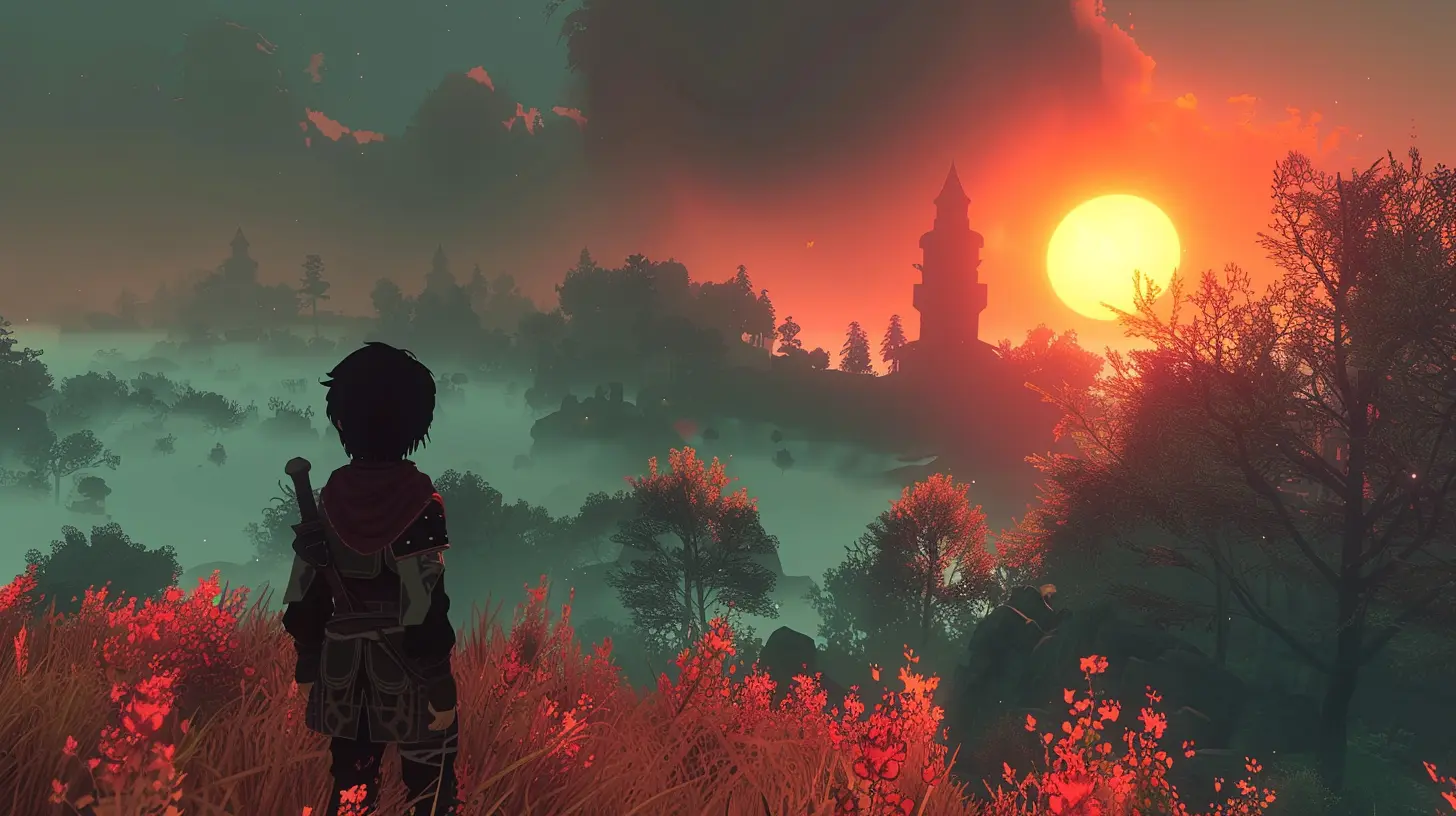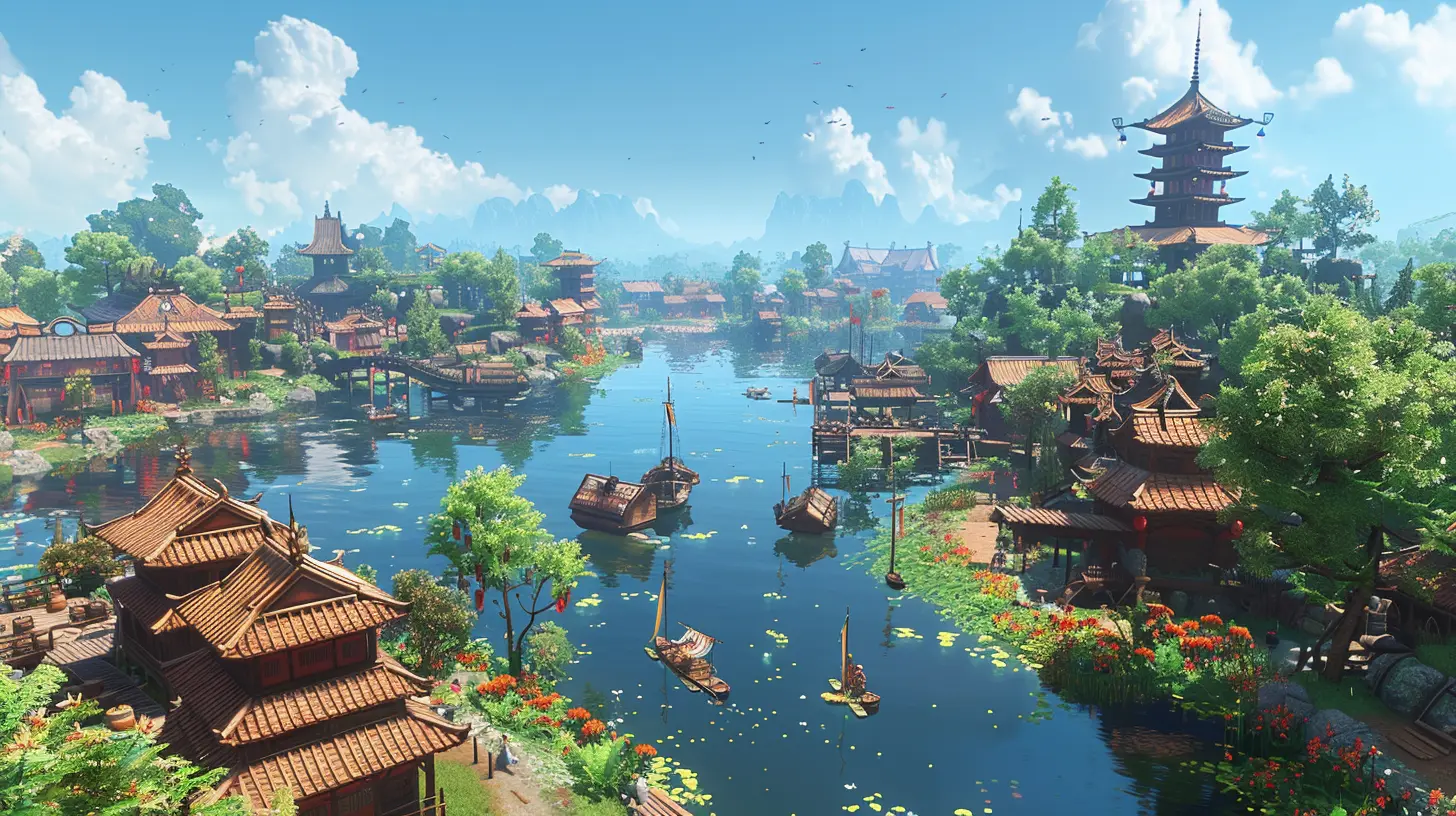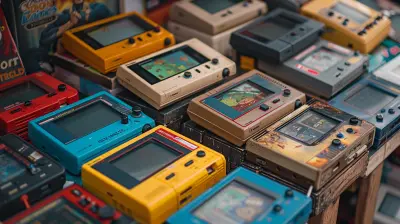How Early Access Games Thrive on Player Engagement
15 May 2025
Have you ever stumbled upon a game in Early Access and thought, “This seems cool, but is it worth my time right now?” You’re not alone. Early Access games have created a fascinating space in the gaming world, where developers and players form symbiotic relationships to create something extraordinary together. It’s like being part of an interactive workshop, where feedback is the secret ingredient to crafting gaming experiences that shine.
But why does this unique approach work so well? How do Early Access games not just survive but thrive on player engagement? Let’s break it down and see why this model is changing the way games are developed—and played.
What Exactly Is Early Access?
Before we dive in, let’s clear the air. Early Access is like a soft launch for games. Typically, developers release a not-quite-finished version of their game to get it into the hands of eager players. These players, often hardcore enthusiasts or curious adventurers, provide valuable feedback, report bugs, and even pitch ideas to help shape the game's future.Think of it as planting a seed in fertile soil. The game starts small, but with the right amount of watering (aka updates and player engagement), it begins to bloom into something remarkable. Early Access is no longer just a stepping stone; it’s a legitimate platform for growth and innovation.
Players Aren’t Just Gamers—They’re Co-Developers
Let’s get one thing straight: Early Access players are not your average gamers. These are the folks who are ready to roll up their sleeves and dive into the nitty-gritty details. They’re not just playing a game; they’re actively shaping it.Why is this so important? Because real-time feedback is worth its weight in gold. Developers get to know what’s working and, more importantly, what’s not. This means they can pivot quickly, addressing game-breaking bugs or tweaking mechanics before the full launch.
Example of Success: Hades
Take Hades, for example. When Supergiant Games launched it in Early Access, it was already good, but definitely not the polished masterpiece we now know. Feedback from players guided everything from combat balancing to storytelling tweaks. By the time the game officially launched, it was not just good—it was a Game-of-the-Year contender.Players felt like they had a hand in shaping the final product, which only deepened their connection to the game. It’s like getting to help design your favorite pair of sneakers—you’re gonna cherish them even more!
Why Player Engagement Is The Lifeblood of Early Access
Let’s get philosophical for a second. Every interaction you have with a game says something about what you value as a player. Maybe you’re drawn to lush graphics, or a killer storyline, or sweet, sweet mechanics that just feel... right. Early Access lets you, the player, amplify those values.Here’s how player engagement drives Early Access games to thrive:
1. Instant Feedback Loops
Ever wished a game would just listen to you? Early Access does exactly that. Developers actively read forums, scour Discord servers, and analyze feedback on platforms like Steam. They take your complaints, suggestions, and ideas and use them to tweak the game in real-time.It’s like cooking for a group of friends. You continuously taste, adjust the seasoning, and add a dash of spice here and there until everyone’s happy. And believe me, nothing tastes sweeter than a game that feels tailor-made for the community playing it.
2. Building a Loyal Fanbase Early
Here’s a little secret: People love feeling like insiders. Early Access players get to be part of an exclusive club, playing a game long before the general public gets their hands on it. This creates a sense of loyalty and investment.Plus, when the game eventually launches, these early supporters often act as ambassadors, hyping it up to their friends and spreading the word. It’s like having a crew of unpaid, incredibly passionate marketers. Talk about a win-win!
3. Transparency Builds Trust
Early Access games don’t hide their flaws. They’re honest about being a work in progress. This transparency creates trust between developers and players—a rare commodity in an industry where overpromising and underdelivering happens all too often.When devs regularly update players on progress, delays, or changes, it feels like you’re all in this together. It’s a far cry from traditional development cycles, where fans are often left in the dark until launch day.
The Challenges of Early Access (And How Engagement Solves Them)
Okay, now let’s address the elephant in the room: Early Access isn’t perfect. Sometimes games stay in development limbo forever. Other times, they never quite live up to their potential. So how does player engagement help overcome these challenges?1. The Danger of Fizzling Out
Some Early Access games start strong but fail to maintain momentum. This often happens when developers lose sight of player feedback or stretch resources too thin.Solution? Keep the excitement alive with regular updates. Whether it’s a juicy new feature or even just a heartfelt developer diary, consistent communication keeps players engaged and hopeful for what’s next.
2. Balancing Player Expectations
On the flip side, players can become a tad... demanding. When everyone has an opinion, it can get overwhelming for developers to decide what’s worth implementing.Solution? Developers need to strike a balance between listening to the community and staying true to their creative vision. Think of it as a group project where the leader has to filter ideas without losing what makes the original concept special.
Success Stories That Prove the Model Works
If you’re still skeptical, don’t worry. Let’s take a look at more success stories that absolutely crushed it in Early Access.1. Minecraft
Before it became a global phenomenon, Minecraft was just a small indie game released in alpha. Players didn’t just play the game—they tinkered with it, modded it, and shared ideas for new features. Today, it’s one of the best-selling games of all time, and that’s all thanks to the active community that supported it from day one.2. Subnautica
Subnautica dived into Early Access (pun intended) and quickly made waves. The developers at Unknown Worlds Entertainment used player feedback to refine everything from resource balancing to underwater navigation. By the time the game officially launched, it was a critically acclaimed masterpiece.3. Valheim
Who could forget the Viking survival hit of 2021? Valheim dropped into Early Access and sold millions of copies in just weeks. The developers focused heavily on community engagement, frequently releasing quality-of-life updates based on player suggestions. The result? A loyal fanbase and a game that has only gotten better over time.Early Access Is a Win-Win for Developers and Players
When done right, Early Access isn’t just a development model—it’s a collaboration. Developers benefit from real-time feedback that helps shape their game into something truly special. Players, on the other hand, get a front-row seat to the creative process and the satisfaction of knowing their voice matters.It’s like being part of a band. The developers are the lead singers driving the show, but the players are the backup singers harmonizing to perfection. Together, they make music that wouldn’t have been possible solo.
So, the next time you see an Early Access game that catches your eye, don’t dismiss it. Jump in, share your thoughts, and be part of something bigger. Who knows? You might just help create the next legendary game.
all images in this post were generated using AI tools
Category:
Early Access GamesAuthor:

Madeleine McCaffrey
Discussion
rate this article
4 comments
Lila Cannon
Early Access: where players become unpaid beta testers and call it 'community engagement'! 😂🎮
June 17, 2025 at 4:56 AM

Madeleine McCaffrey
I understand your perspective! While early access can feel like unpaid testing, it also fosters a unique community dynamic where players actively shape the game's development. It's a collaborative journey that can lead to a more polished final product!
Aisha Coffey
Early access games are a testament to the power of community! Together, players and developers shape incredible experiences. Your voice matters—let’s keep building amazing worlds together! 🎮✨
May 23, 2025 at 4:19 AM

Madeleine McCaffrey
Absolutely! Community feedback is crucial in shaping early access games, fostering collaboration between players and developers to create exceptional experiences.
Kismet Baker
Great insights! Player feedback is crucial for Early Access games, shaping development and enhancing community involvement.
May 16, 2025 at 5:12 PM

Madeleine McCaffrey
Thank you! Player feedback truly drives development and strengthens community ties in Early Access games.
Elijah McNab
This article astutely highlights the symbiotic relationship between early access titles and player engagement. However, it misses the potential pitfalls of heavy reliance on community feedback, which can lead to feature creep and diluted visions. Balancing player input with a strong developmental roadmap is crucial for long-term success.
May 16, 2025 at 3:33 AM

Madeleine McCaffrey
Thank you for your insightful comment! You raise an important point about the need for balance between community feedback and a clear developmental vision. It's essential for developers to navigate this relationship to ensure both innovation and coherence in their games.



